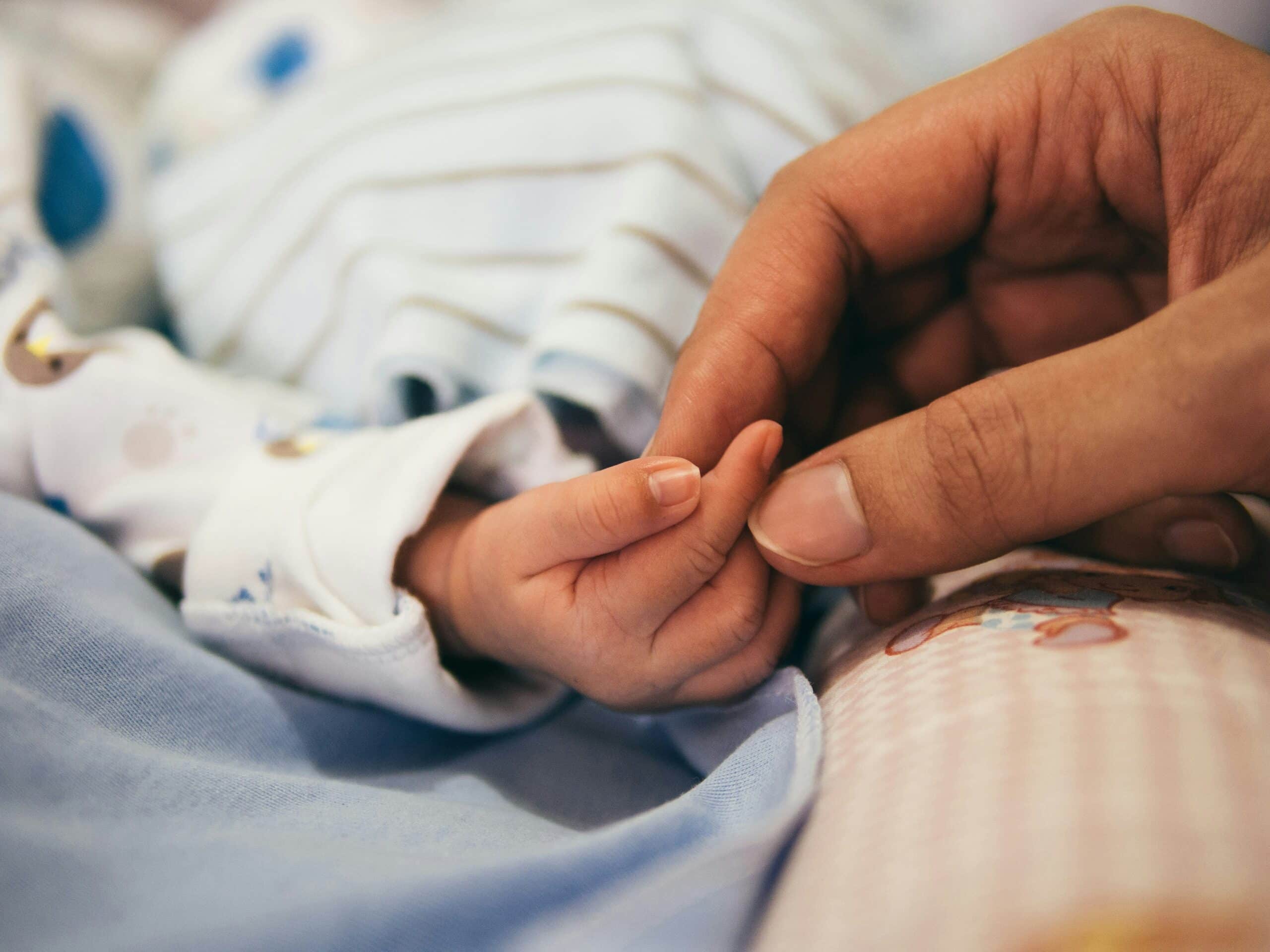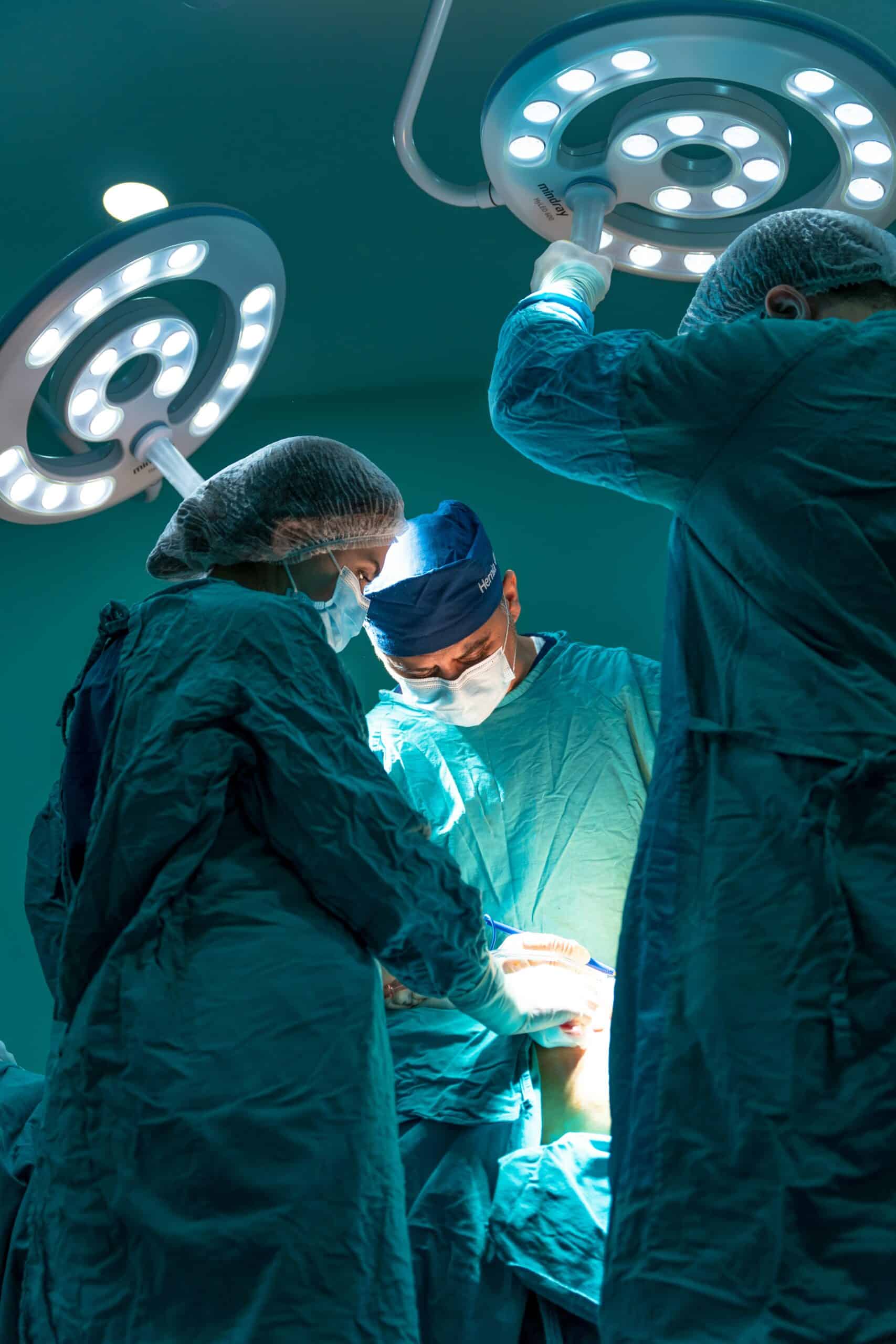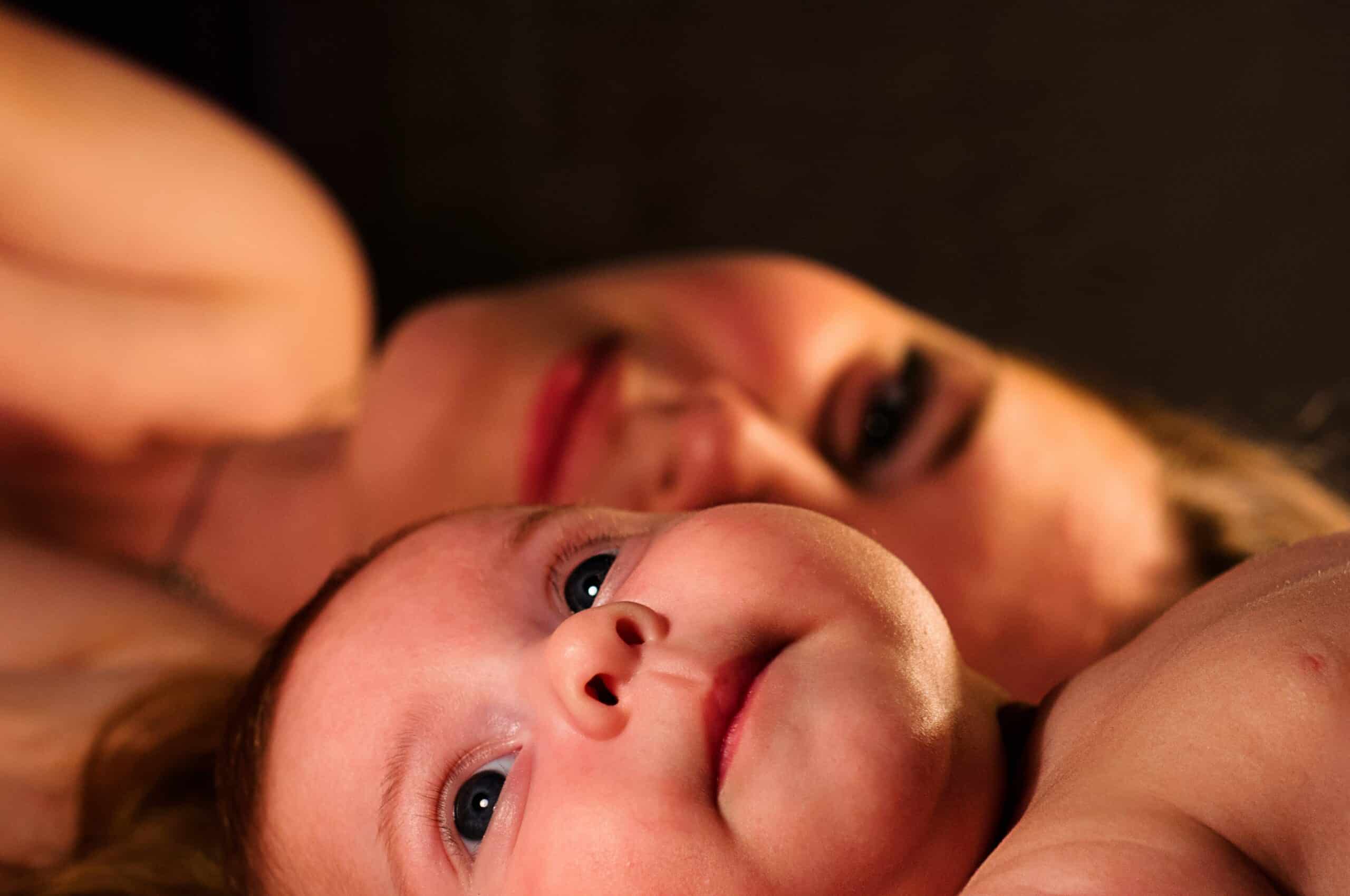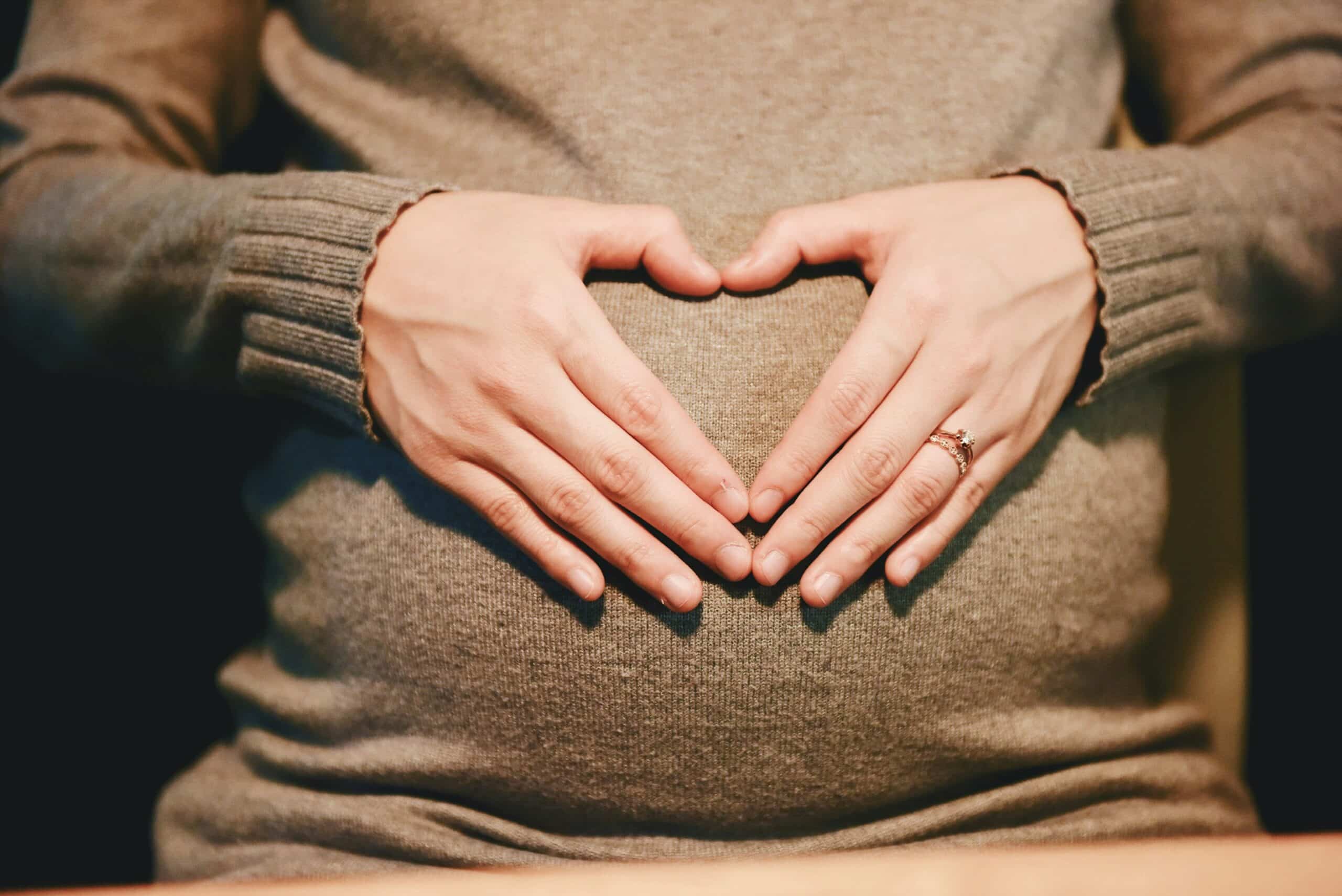Endometriosis impacts a significant number of women experiencing infertility, with estimates suggesting it affects up to half of them. Understanding its influence is the crucial first step in effectively managing fertility challenges. Persistent pelvic inflammation, the formation of adhesions, and hormonal imbalances can all interfere with egg quality and implantation, often leaving women feeling overwhelmed. This comprehensive guide will illuminate what endometriosis is and how it affects fertility, explore surgical and assisted reproductive options, delve into holistic strategies to support conception, help you choose a personalized treatment path, and review emerging therapies for long-term management.
Understanding Endometriosis and Its Impact on Fertility

Endometriosis is a chronic gynecological condition where tissue similar to the uterine lining grows outside the uterus. This growth can lead to pain, inflammation, and scar tissue. These misplaced lesions can disrupt the pelvic anatomy, alter hormonal balance, and interfere with egg release, fallopian tube function, and embryo implantation, making conception more challenging.
The persistent pelvic inflammation and a state of estrogen dominance create an environment that is less conducive to successful conception. Endometriomas (ovarian cysts) and adhesions can further obstruct ovarian and tubal function. Consequently, a substantial percentage of women with endometriosis, up to 50 percent, find it difficult to conceive naturally within a year.
How Endometriosis Affects Fertility
Endometriosis can significantly hinder fertility through several key mechanisms. These include the distortion of pelvic anatomy, hormonal imbalances, and interference with egg quality and the implantation process. Chronic inflammation and the development of adhesions add further complexity to conception for women with this condition.
What Causes Infertility Linked to Endometriosis?
Infertility associated with endometriosis stems from a combination of interconnected factors:
- Retrograde menstruation can deposit endometrial cells onto the ovaries and peritoneum, leading to the formation of cysts and adhesions.
- Chronic inflammation releases cytokines that can damage ovarian tissue and diminish egg viability.
- Estrogen dominance can promote lesion growth and disrupt the normal development of ovarian follicles.
These combined effects can impair ovulation, reduce ovarian reserve, and hinder implantation, making targeted interventions essential for restoring fertility.
The Role of Inflammation and Hormonal Imbalances in Endometriosis-Related Infertility
Persistent inflammation within the pelvis leads to elevated levels of prostaglandins and TNF-alpha, which can:
- Negatively affect oocyte maturation and quality.
- Disrupt the function of cilia in the fallopian tubes, potentially delaying egg transport.
- Alter the receptivity of the uterine lining, reducing the chances of successful implantation.
Estrogen dominance not only fuels the growth of endometrial implants but also perpetuates immune system dysregulation. Elevated circulating estradiol can promote new blood vessel formation within these implants, while a lack of proper response to progesterone can impede the maturation of the uterine lining. Addressing these imbalances can significantly improve both natural conception rates and the outcomes of assisted reproductive treatments.
The Impact of Endometriomas and Adhesions on Fertility
Endometriomas, often referred to as “chocolate cysts” of the ovary, and the development of fibrous adhesions can mechanically distort the pelvic organs, resulting in:
Addressing endometriomas and surgically releasing adhesions can help restore normal pelvic anatomy, potentially increasing natural pregnancy rates, particularly in cases of minimal to mild endometriosis.
Diagnosing Endometriosis When Fertility is a Concern
For women experiencing infertility, laparoscopy remains the most definitive method for diagnosing endometriosis. This procedure allows for direct visualization of endometrial implants, the collection of tissue samples for biopsy, and the simultaneous surgical removal of lesions. This comprehensive approach ensures accurate staging and immediate treatment. Complementary imaging techniques, such as transvaginal ultrasound and MRI, are valuable for identifying endometriomas before surgery. Combined with hormonal assessments and ovarian reserve testing (including AMH levels), laparoscopy provides conclusive answers and guides the development of personalized treatment strategies.
Surgical Interventions to Enhance Fertility Outcomes in Endometriosis

Laparoscopic surgery offers dual benefits: it provides diagnostic clarity and serves as a therapeutic intervention. By precisely excising endometrial lesions and releasing adhesions, skilled laparoscopic surgeons can restore normal pelvic anatomy, reduce the levels of inflammatory markers, and improve natural conception rates, especially in cases of early-stage disease.
How Laparoscopic Excision Surgery Restores Fertility
Laparoscopic excision surgery involves the complete removal of endometrial implants from the peritoneum, ovaries, and supporting ligaments. This process effectively eliminates chronic inflammation and scarring. The precision of this technique:
- Helps preserve healthy ovarian tissue and the crucial follicular reserve.
- Aids in restoring the patency of the fallopian tubes, facilitating egg pickup.
- Contributes to a reduction in the production of pro-inflammatory cytokines.
Studies indicate that following excision for minimal to mild endometriosis, spontaneous pregnancy rates can increase by 30–50 percent within 12–18 months.
Surgical Treatment and Fertility Success
Laparoscopic excision surgery can significantly improve fertility outcomes by restoring the natural pelvic anatomy and reducing inflammation. Research suggests that this surgical approach can lead to a 30–50 percent increase in spontaneous pregnancy rates within 12–18 months, particularly for individuals with early-stage disease.
Sutton, C., & Ewen, S. C., Endoscopic surgery for endometriosis (2010)
This citation offers valuable evidence supporting the effectiveness of surgical interventions in enhancing fertility for women with endometriosis.
Distinguishing Between Excision and Ablation for Fertility
Before making a surgical decision, it’s important to understand the differences between excision and ablation:
When is Surgery Recommended to Boost Conception Chances?
Surgery is typically recommended in the following situations:
- When minimal to moderate endometriosis is identified through imaging or laparoscopy.
- If endometriomas are larger than 3 cm, potentially impacting ovarian reserve.
- In cases where adhesions are causing tubal blockage or significant anatomical distortion.
Recovery and Fertility Outlook Post-Surgery
Most women can resume their normal daily activities within 1–2 weeks, with full recovery typically occurring by 4–6 weeks. Post-operative hormonal therapy, such as GnRH agonists or short-term progestins, may be prescribed to help minimize the risk of recurrence. The most favorable period for conception after surgery is generally within the first 12–18 months. If pregnancy has not occurred by then, it may be advisable to consult with a specialist regarding assisted reproductive technologies.
How Assisted Reproductive Technologies (ART) Benefit Women with Endometriosis
For women who are unable to conceive naturally, even after surgical intervention, or in cases of more advanced endometriosis, ART offers effective pathways to pregnancy. These technologies bypass pelvic obstacles and provide precise control over ovarian stimulation, egg retrieval, and embryo transfer.
IVF Success Rates for Patients with Endometriosis
The success rates of In Vitro Fertilization (IVF) can vary based on the severity of the disease and previous treatments:
Pre-treatment with surgical excision may potentially enhance IVF outcomes by reducing inflammatory factors and improving access to the ovaries, although the evidence on this is not definitive and outcomes are individualized.
IVF Success Rates in Endometriosis Patients
In Vitro Fertilization (IVF) success rates for patients with endometriosis are influenced by the stage of the disease. Minimal to mild cases generally demonstrate higher success rates compared to moderate to severe cases. Undergoing surgical excision prior to IVF may contribute to improved outcomes by mitigating inflammatory factors.
Bulletti, C., et al., Endometriosis and infertility (2010)
This research provides valuable support for the article’s discussion on IVF success rates among women with endometriosis.
Intrauterine Insemination (IUI) for Endometriosis-Related Infertility
Intrauterine Insemination (IUI) involves preparing sperm and directly placing it into the uterine cavity during the ovulation period. This method is most effective for mild endometriosis cases where there is no significant tubal damage. When combined with ovulation induction, IUI can achieve pregnancy rates of approximately 10–20 percent per cycle in situations with minimal anatomical distortion.
Ovulation Induction Medications Used in Endometriosis Treatment
Commonly utilized treatment protocols include:
- Clomiphene citrate, which stimulates the release of endogenous FSH (follicle-stimulating hormone).
- Letrozole (an aromatase inhibitor), used to reduce estrogen dependence and encourage follicular growth.
- Gonadotropins (FSH injections), administered for controlled ovarian stimulation, particularly in IVF cycles.
The selection of medication is based on factors such as ovarian reserve, the stage of endometriosis, and the patient’s previous response to treatment.
When to Consider ART in Your Fertility Journey
Assisted Reproductive Technologies (ART) should be considered in the following circumstances:
- After 6–12 months of unsuccessful attempts at natural conception following surgery, for women under 35.
- Immediate referral is recommended for women over 37, those with diminished ovarian reserve, or when moderate to severe endometriosis is detected on imaging.
- Following 3–4 unsuccessful cycles of IUI for suitable candidates.
Holistic and Complementary Approaches to Support Fertility with Endometriosis

In addition to medical and surgical interventions, integrating complementary strategies can play a vital role in reducing inflammation, balancing hormones, and enhancing overall reproductive health.
The Benefits of an Anti-Inflammatory Diet for Fertility in Endometriosis
An anti-inflammatory diet focuses on whole, nutrient-dense foods that help modulate the immune system:
- Foods rich in Omega-3 fatty acids, such as salmon, chia seeds, and walnuts.
- A wide variety of colorful fruits and vegetables packed with antioxidants.
- Whole grains and legumes, which provide essential fiber and support gut health.
Avoiding processed foods, trans fats, excessive sugar, and high consumption of red meat can contribute to hormonal balance and potentially improve egg quality.
Lifestyle Modifications to Enhance Fertility and Reduce Symptoms
Engaging in regular, moderate exercise can improve circulation and help manage stress hormones. Implementing stress-reduction techniques, such as mindfulness, yoga, and guided relaxation, can lower cortisol levels, which can otherwise exacerbate inflammation and estrogen dominance. Minimizing exposure to endocrine disruptors found in plastics and personal care products (like BPA and phthalates) is also crucial for protecting reproductive function.
How Acupuncture Supports Fertility and Pain Management
Acupuncture may help regulate the hypothalamic-pituitary-ovarian axis by stimulating specific points along the body’s meridians. This can improve blood flow to the uterus and ovaries. Some research suggests that acupuncture can enhance endometrial receptivity, alleviate pelvic pain, and modestly increase pregnancy rates when used in conjunction with IVF or IUI, although more research is needed to confirm these benefits.
The Role of Pelvic Floor Physical Therapy in Fertility
Pelvic floor physical therapy can help release muscular tension, improve lymphatic drainage, and alleviate chronic pain associated with endometriosis. By addressing myofascial restrictions, this therapy can help normalize the mobility of pelvic organs, reduce inflammatory markers, and create a more optimal environment for conception.
Recommended Supplements for Endometriosis and Fertility Support
Targeted supplementation can help address nutrient deficiencies and support hormonal balance:
- Vitamin D (1,000–2,000 IU daily) for its role in immune modulation.
- Magnesium (200–400 mg) for neuromuscular regulation.
- N-acetyl cysteine (600 mg twice daily) to potentially reduce lesion size and combat oxidative stress.
It is always recommended to consult with your healthcare specialist to personalize your supplement regimen based on your individual needs and laboratory results.
Choosing the Right Fertility Treatment Path for Endometriosis

Developing a personalized treatment plan ensures the most effective and least invasive approach tailored to your unique circumstances, integrating medical, surgical, and holistic therapies.
Factors Influencing Personalized Fertility Plans
Key considerations in developing a personalized fertility plan include:
- Your age and ovarian reserve, as indicated by AMH levels.
- The severity and distribution of your endometriosis.
- Your history of previous treatments and surgeries.
- The sperm parameters of your male partner.
- Your emotional readiness and the availability of support systems.
Finding and Collaborating with an Endometriosis Fertility Specialist
It is advisable to seek out a reproductive endocrinologist who possesses advanced laparoscopic surgical skills. Collaborating with a multidisciplinary team, including registered dietitians, acupuncturists, and pelvic floor therapists, can ensure comprehensive and coordinated care. Regular consultations among specialists and clear communication are essential for developing integrated treatment plans that adapt to your progress.
Financial Considerations for Fertility Treatments
The costs associated with fertility care can vary significantly:
- Laparoscopic surgery typically ranges from $7,000 to $15,000.
- Intrauterine Insemination (IUI) costs approximately $300 to $1,000 per cycle.
- In Vitro Fertilization (IVF) cycles generally range from $12,000 to $20,000.
Insurance coverage may extend to diagnostic procedures. Many fertility clinics offer financing options and package discounts. Engaging in early financial counseling can help set realistic expectations and alleviate stress.
The Importance of Emotional Support and Counseling During Your Fertility Journey
Experiencing infertility can often lead to feelings of anxiety and depression. Professional counseling, whether individual or group-based, can provide effective coping strategies, foster resilience, and strengthen communication between partners. Connecting with peer support groups allows you to share experiences with other women facing similar challenges, reducing feelings of isolation and nurturing hope.
Frequently Asked Questions About Endometriosis and Fertility

Even with personalized care, many women have questions about their chances of conception and the effectiveness of various treatments. Here are concise, expert-informed insights to help guide your decisions.
Can Natural Conception Occur with Endometriosis?
Yes. Approximately 60–70 percent of women diagnosed with mild to moderate endometriosis are able to conceive naturally, particularly after undergoing lesion excision and optimizing their lifestyle.
Does Endometriosis Surgery Improve Fertility?
Yes. Laparoscopic excision surgery helps reduce inflammatory cytokines and restores normal pelvic anatomy, leading to an estimated 30–50 percent improvement in spontaneous pregnancy rates within 12–18 months following the procedure.
What is the Optimal Treatment for Endometriosis-Related Infertility?
Effective management typically involves precise laparoscopic excision for minimal to mild disease, followed by assisted reproductive technologies (ART) such as IUI or IVF as needed. Complementary support, including an anti-inflammatory diet, stress management techniques, and pelvic floor therapy, can enhance both natural and assisted conception efforts.
What Foods Can Help Improve Fertility in Endometriosis?
Fertility-enhancing foods include:
- Wild fatty fish, rich in omega-3s.
- Berries and leafy greens, high in antioxidants.
- Whole grains and legumes, providing beneficial fiber.
- Nuts and seeds, offering healthy fats.
Reducing intake of red meat, trans fats, and refined sugars can help balance hormones and lower inflammation.
What are the Success Rates of IVF with Endometriosis?
IVF can achieve live birth rates ranging from 20–50 percent per cycle, depending on factors such as age and the stage of endometriosis. Pre-IVF lesion excision and optimization of ovarian reserve may contribute to improved embryo quality and implantation success.
Emerging Treatments and Long-Term Management Strategies for Endometriosis Fertility

Ongoing research is continuously expanding the range of treatment options beyond current standards, offering renewed hope for improved outcomes and effective recurrence prevention.
New Research Shaping Endometriosis Fertility Care
Innovations currently under investigation include:
- Stem cell therapy, aimed at regenerating endometrial lining and restoring uterine receptivity.
- Microbiome modulation through probiotics to rebalance pelvic immune responses.
- Development of novel non-hormonal agents that target lesion angiogenesis and fibrotic pathways.
These advanced approaches seek to address the underlying causes of endometriosis and preserve fertility.
Preventing Recurrence and Preserving Fertility Long-Term
Long-term management strategies involve a combination of approaches:
- Regular monitoring through imaging and symptom tracking.
- Maintenance hormonal therapy, such as low-dose progestins.
- Oocyte or embryo cryopreservation for future reproductive use.
- Consistent adherence to an anti-inflammatory lifestyle and dietary recommendations.
Proactive management is key to reducing the likelihood of recurrence and safeguarding reproductive potential.
The Importance of Ongoing Patient Education in Fertility Success
Empowered patients are better equipped to make informed decisions and actively participate in their care. Access to current resources, supportive networks, and clear communication with your healthcare specialist can enhance treatment adherence, reduce anxiety, and optimize overall outcomes.
Endometriosis-related infertility presents complex challenges, but with specialized surgical techniques, advanced reproductive technologies, and integrated supportive care, many women successfully achieve pregnancy and live birth. Partnering with a dedicated endometriosis fertility center ensures a personalized roadmap—combining precise surgical excision, tailored ART protocols, and holistic health strategies—to maximize your chances and guide you toward the family you envision. If you are ready to explore your treatment options, we invite you to consult with our expert team for a comprehensive evaluation and a personalized plan.

